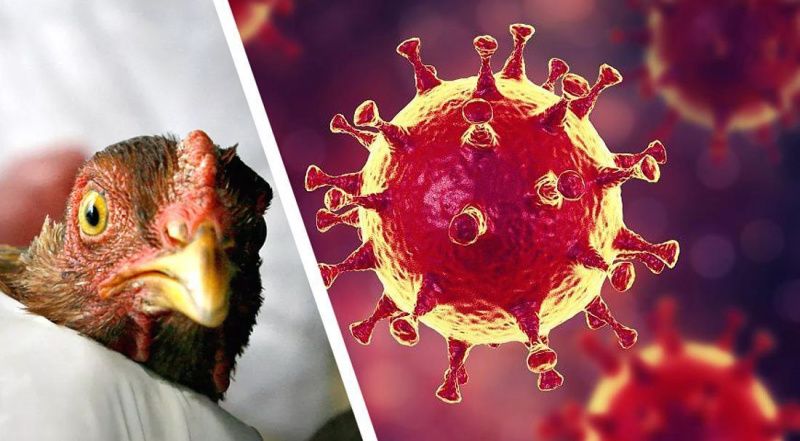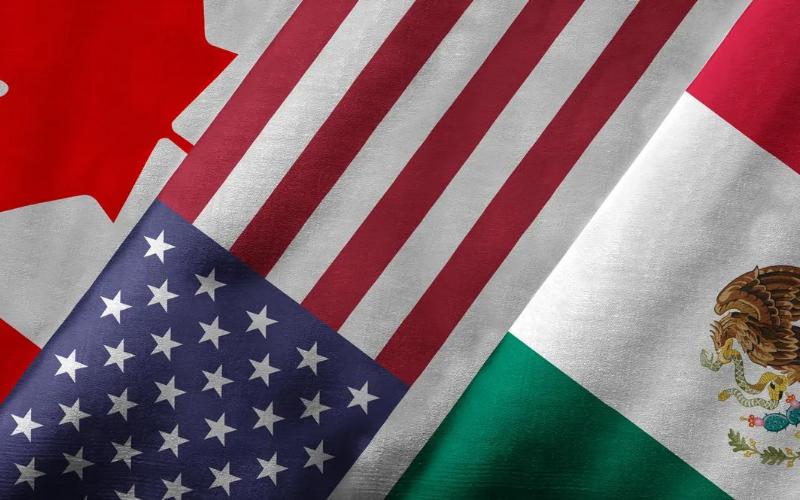From Barn to Lab: The Growing Threat of Influenza A(H5N1) in Cattle

In March 2024, the U.S. Department of Agriculture confirmed cases of H5N1 in dairy herds, signaling a potential spillover from birds to mammals. Within days, a farm worker exposed to the infected cattle also tested positive, underscoring the virus's ability to jump species barriers.
The ramifications extend beyond the agricultural sector. Experts from the Food and Agriculture Organization (FAO) warn that as H5N1 adapts to mammals, the likelihood of human infection could rise, necessitating urgent enhancements in surveillance and biosecurity measures.
The Silent Spread
Epidemiological investigations reveal that infected cattle exhibit subtle, nonspecific symptoms such as reduced milk production, fever, and lethargy. In some cases, milk from infected cows appears unusually thick, resembling colostrum. These subtle signs make early detection challenging, often delaying intervention until the virus spreads to other herds—or worse, to humans.
Scientists have noted that the virus is shed in high concentrations in milk, posing risks of transmission via fomites and potentially through mechanical means. Early sequencing data indicates links between infected dairy farms and nearby poultry operations, suggesting cross-species transmission through shared environments or intermediaries like wild birds.
A Call for Action
In response, the FAO has issued new guidelines aimed at strengthening global surveillance systems. These recommendations emphasize the need for risk-based surveillance at the interface of cattle and avian populations, particularly in areas with known HPAI outbreaks. Countries are encouraged to prioritize early detection by integrating influenza monitoring into routine veterinary practices and agricultural health programs.
"We are entering uncharted territory," says Xavier Roche, an epidemiologist with FAO. "The emergence of H5N1 in cattle challenges our traditional understanding of zoonotic diseases. It underscores the need for a One Health approach that integrates animal, human, and environmental health."
Preparing for the Unknown
Despite these efforts, significant gaps remain. Many countries lack the resources to implement comprehensive surveillance, particularly in rural or low-income areas where cattle farming is a primary livelihood. In these regions, passive surveillance—relying on farmers to report unusual symptoms—remains the primary method, though its effectiveness is limited by a lack of awareness and access to veterinary services.
The FAO has also highlighted the importance of genetic monitoring to track viral evolution. Full genome sequencing of the H5N1 strains found in cattle is crucial to identifying mutations that may signal increased transmissibility or resistance to antiviral treatments.
The Human Connection
The detection of H5N1 in a U.S. farm worker adds a human dimension to this unfolding crisis. Although the World Health Organization currently assesses the public health risk as low to moderate, experts caution against complacency. "Viruses like H5N1 have pandemic potential," warns Dr. Aisha Patel, an infectious disease specialist. "We must act now to close gaps in surveillance and strengthen cross-sector collaboration."
A Global Imperative
The spread of H5N1 from poultry to cattle highlights the interconnectedness of global health challenges. As the world watches this crisis unfold in the United States, the lessons learned could shape future strategies for managing zoonotic diseases. The stakes are high—not just for farmers and veterinarians, but for public health systems worldwide.
For now, the question remains: How can we contain a virus that knows no borders?











